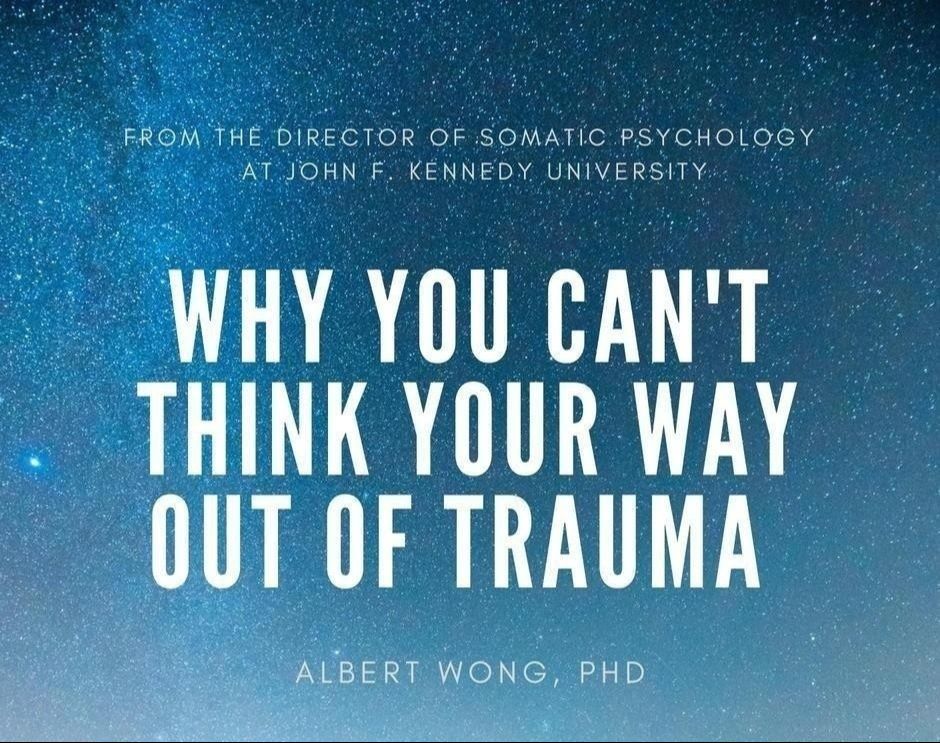The Blog

A Free eBook
This is a short report (8 pages) that describes why strictly cognitive approaches fail – and what we must do to change.
Gut Check: How Intuition Drives Our Choices
Nov 21, 2023















